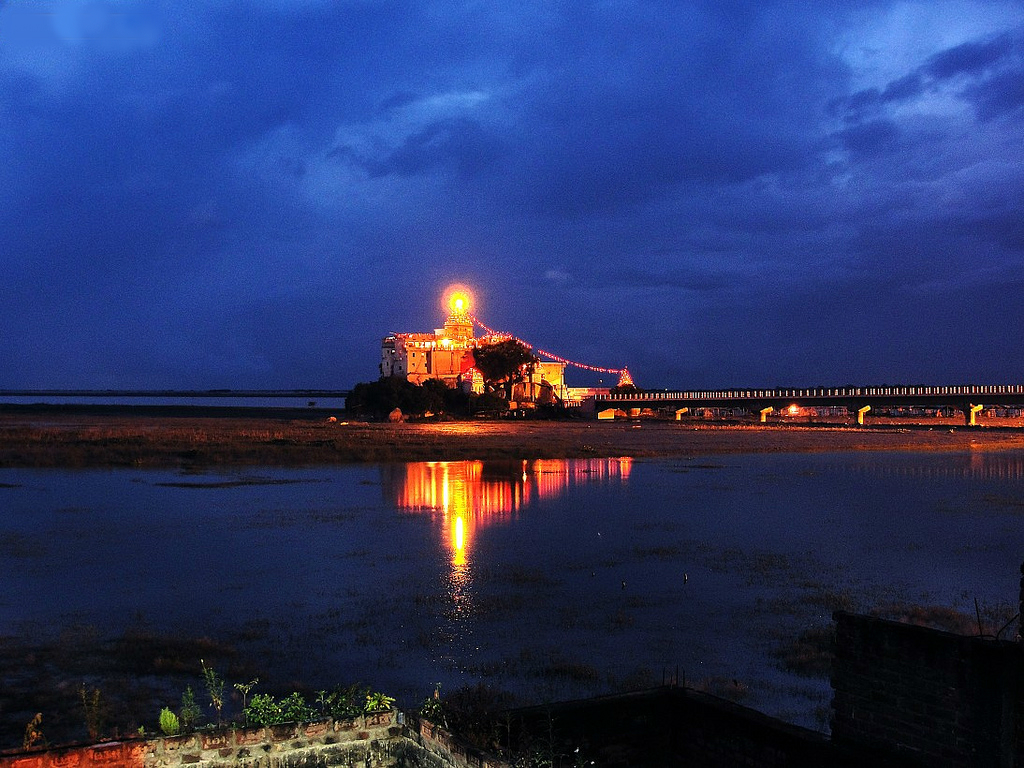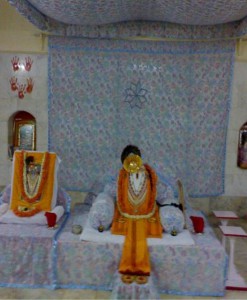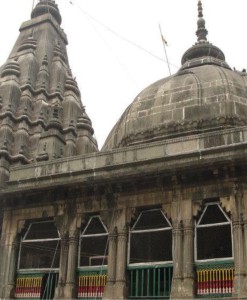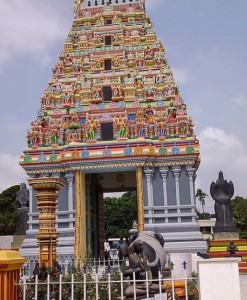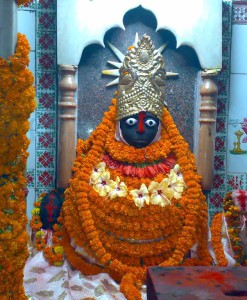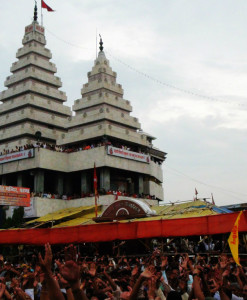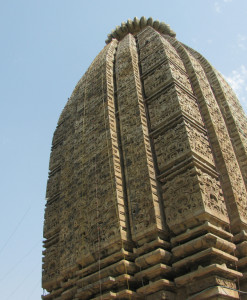No products in the cart.
Ajgaivinath Temple, Sultanganj, Bihar
Ajgaivinath Temple of Lord Shiva is located in Sultanganj, a town in Bhagalpur district of Bihar in India. Also known as Gaibinath Mahadeo, this is one of the rare ancient Hindu temples where the deity Lord Siva has existed as ‘Swayambhu’. Ajgaivinath Shiva Temple has been constructed on a rock which is projected out from the holy river Ganges. To reach here, there are boat services from Murli Hills of Sultanganj.
The origin of the temple is shrouded in mystery. According to the legend lord Shiva took a bow known as Ajgav and so the place came to be known as Ajgaivinath. It is commonly said that Kalapahar failed to demolish Ajgaivinath temple, but he could destroy the Parvati temple on the neighbouring hill and built a mosque there. Formerly, this hill must have been bigger and spacious. The high floods and the constant strong currents of the Ganga must have worn away the decaying granite rocks of the hill. The present village Jahangira to the west of Sultangang still keeps alive the memory of the Ashram of Jahnu Muni. The name of Jahangira appears to be the distorted form of Jahnugiri (the hill of Jahnu) or Jahnu griha (the abode of Jahnu).
During the rule of the Mauryas, Guptas and Palas many works of art and architecture were raised at Sultanganj. The area has yielded ancient relics like stupas, seals, coins, terracotta and Hindu and Buddha images. Many carvings can still be seen in the Sultanganj hills. A number of small images along with a copper image of Lord Buddha about seven feet high were excavated here. A Buddha image found in Sultanganj is now in Birmingham Museum.
A large number of antiquities covered from krishnagarh at Sultanganj have been preserved in Patna Museum. They indicate a very high standard of Hindu religiosity and culture. The fact that some of the images and other antiquities are Buddhistic reiterates that the area was very important from Buddhistic point of view as well. Most of the antiquities have been identified with the medieval period.
Through various vicissitudes, Sultanganj continued in importance in the later centuries. It is peculiar that a place which has the famous Shiva temple known as Ajgaivinath, which is quite old, should have a name which has a clear Muslim impress. It is all the more so when it is remembered that Ajgaivinath temple is one of the three famous Shiva temples in Bihar & Jharkhand, the two other being Basukinath and Baidyanath temples.
The temple is open for devotees from 9 AM to 12.30 PM and from 5 PM to 8 PM.
Mahashivratri, Ram Navami and Ganga Dussehra are the major festivals celebrated at the temple.
The temple is open all year round though the ideal weather to visit the temple is between July to September and February to May. The best time to visit the temple would be the time of the Shravani Mela, the most famous and important festival of Sultanganj. It is a 30 days long festival which starts on July 23 and ends on August 20 every year.
By Road
It is well connected via bus routes as well and the NH-80 highway passed through it.
By Rail
The temple is well-connected through various rail routes by the Sultanganj railway station on the Eastern railway loop. The railway station is at a distance of 2 km from the temple
By Air
The nearest aerodrome near the temple is the Jay Prakash Narayan International Airport at a distance of 216 km from the temple, in Patna. The temple is well connected by these airports and can be easily reached by the metropolitan cities like Delhi and Kolkata.
Ajgaivinath Temple, Sultanganj,Bihar

